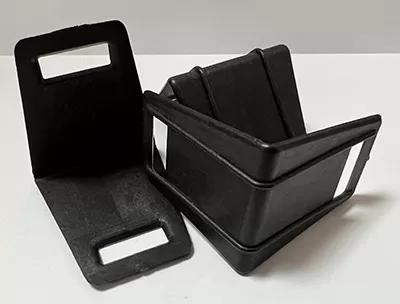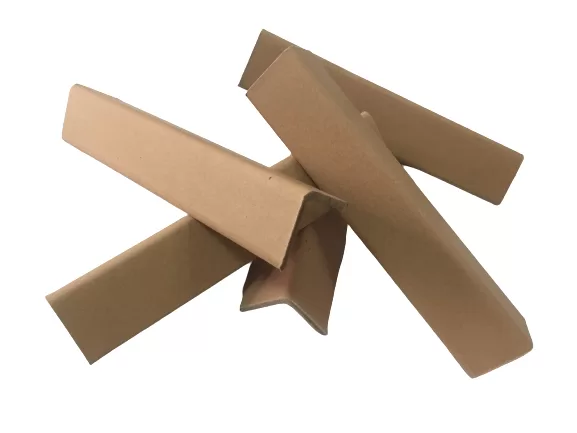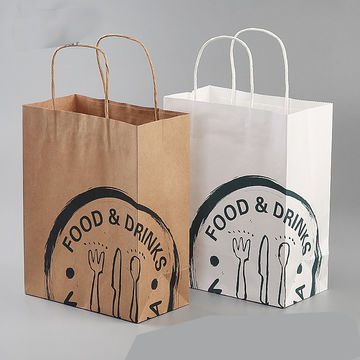Uncategorized
Types of Edge Protectors: Which is the best?
Packages face a lot of dangers during transport and storage, and one of these is corner damage, which makes using edge protectors a must. Edge protectors allow the corners of packages to withstand impact, protecting the integrity of items against damage caused by rough handling, especially fragile items.
Angle protectors can come in metal, plastic or cardboard, each with its own advantages and disadvantages:
1. Metal Edge Protectors
Advantages:
- Impact-resistant
Metals are innately durable; they resist heavy impact and are not prone to abrasion, which are common in both warehousing and logistics. This allows them to provide excellent protection for package corners against impact.
- Heat-resistant
Edge protectors made of metal have a high resistance to heat. They are not prone to melting or combustion, which can happen in hot environments.
- Highly reusable
Because they have high impact resistance, metal edge protectors can last for a long time, making them highly reusable.
Disadvantages:
- High cost
Metal edge protectors are more expensive than plastic, and more so than cardboard. In some cases, using them might not be economical.
- Prone to rust
Because they are made of metal, they are prone to rusting, especially in corrosive environments (such as seaside warehouses), unless you opt for the more expensive varieties, which typically have protective coating. Storing them requires moisture-prevention measures.
- Heavy
Most metal edge protectors are heavier than their plastic counterparts. This means that using them can make your package a little heavier, which is not good if package weight is a concern of yours.
2. Plastic Angle Protectors
Advantages:
- Impact-resistant
While not as durable as metal, plastic edge protectors can still provide sufficient corner protection for most packages. They have respectable impact resistance, and they resist abrasion to some degree.
- Lightweight
What they lack in durability compared to their metal counterparts, they make up for with their light weight. Use them if you need corner protection while keeping the package light.
- Reusable
Plastic angle protectors can also be used a number of times, but not as much as metal edge protectors.
Disadvantages:
- Prone to embrittlement
Plastic degrades in quality over time, resulting not only in discolouration but also to embrittlement, making them less resistant to impact.
- Prone to melting
Plastic corner protectors have the potential to melt in environments with high temperatures.
- Can deform with prolonged use
Continuous use can cause plastic edge protectors to become stretched, bent, and twisted, decreasing their capacity to protect your items.
3. Paper Cardboard
Advantages:
- Extremely cheap
Cardboard edge protectors are not as durable as those made of metal or plastic, but they are very economical. Because of this, they are perfect for items where light corner protection is sufficient.
- Lightweight
Because they are made of paper, they are also lightweight, and using them won’t add much weight to that of the package.
Disadvantages:
- Has low impact resistance
Cardboard corner protectors have low resistance to impact and abrasion. This makes them suitable only for light applications.
- Has low reusability
Paper carboard can be reused, but not as much as metal or plastic.
Protective packaging by Micopak
Micopak is the manufacture and exporter of paper edge protectors with various sizes to customer. Our products are made of high quality materials for maximum usability at reasonable prices. Visit our website to view our full catalogue, and don’t forget to read our other blog posts for more tips on packaging, industrial efficiency and workplace safety.
Contact us today for bulk orders & competitive pricing!
Factory 1: Chau Son Industrial Area, Phu Ly, Ha Nam Province.
Factory 2: Kieu Thi Industrial Clusters, Thang Loi Ward, Thuong Tin District, Hanoi.
Tel: (+84)24.6657.2776
Hotline: +84.975.960.929 / +84.967.131.614
Email: sales@micopak.vn / sale02@micopak.vn












